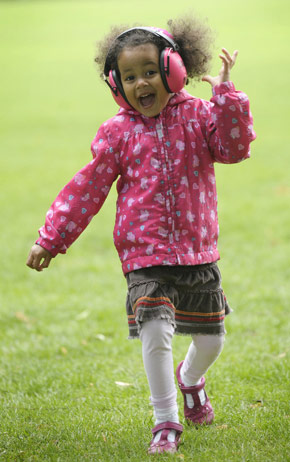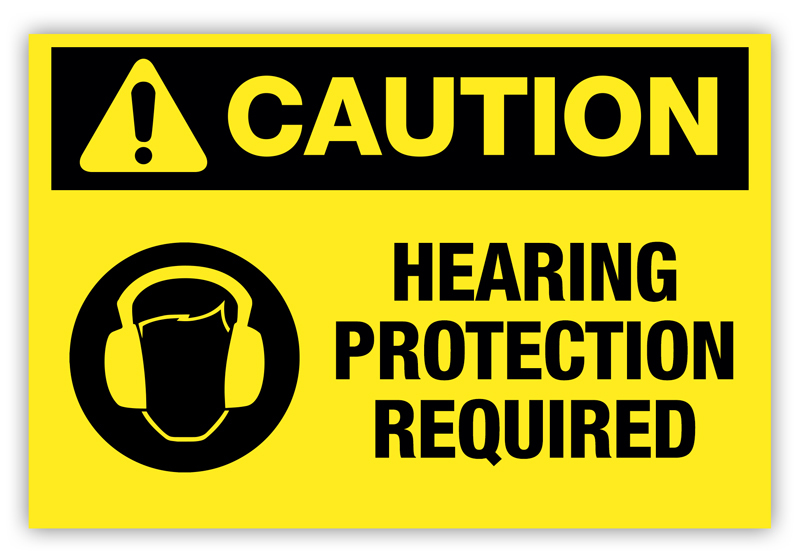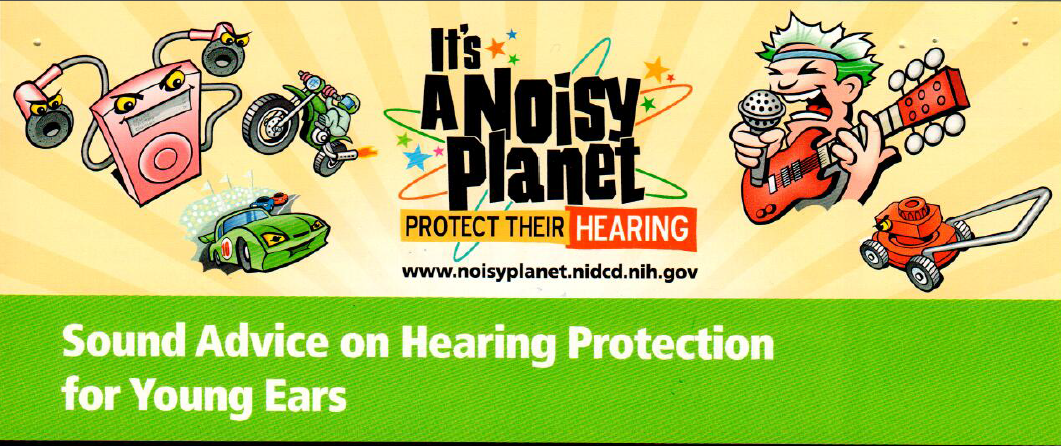Sound Advice on Hearing Protection for Young Ears
Hearing Protection Facts: Noise-induced hearing loss (NIHL) occurs when tiny sensory cells in our inner ear, called hair cells, are damaged by sounds that are too loud and that last too long.
How near we are to the source of the noise also matters. NIHL can be permanent- but it is preventable.
You can help your tween enjoy healthy hearing for a lifetime by learning about hearing protectors and when to use them.
When are hearing protectors recommended?
Hearing protectors are recommended whenever a person’s hearing is exposed to noise levels that exceed a certain level and time.
Scientists have set this level in the workplace at 85 decibels for exposures longer than eight continuous hours. The louder the sound, the shorter the time before damage can occur.
In practical terms, your child won’t damage his or her hearing by temporarily cranking up the volume for a favorite song or by taking a short ride on the subway.
On the other hand, your tween could potentially damage his or her hearing by listening to music at maximum volume for an extended period of time.
The same is true when your tween participates in any activity that exceeds a safe noise level and listening time.
Your child should wear hearing protectors while using a lawn mower, operating many power tools, or riding a snowmobile or farm tractor.
Hearing protectors may also be advisable when you tween attends certain events in stadiums, gymnasiums, amusement parks, auditoriums, and other entertainment venues.
Auto races, sporting events, and music concerts of all types (e.g., symphonies and rock) can be too loud for long-term exposure without hearing protectors.
Hearing protectors are an absolute must if your tween hunts or takes part in shooting sports.
The sound of a gunshot can reach the same level as a jet engine at takeoff. At this level, noise can damage your child’s hearing immediately and permanently.
Make hearing protectors part of your child’s standard shooting-safety gear.
Children will often place their hands over their ears when things get too noisy.
It won’t protect their hearing, but it is a good sign that hearing protectors may be needed.
Have hearing protectors handy for the time when the sound is too loud.

How do hearing protectors work?
Hearing protectors work by reducing the level of sound that reaches hair cells in our inner ear.
They do not block out all noise, but just make all noises sound softer.
Different hearing protectors offer different levels of protection, as shown by their Noise Reduction Rating or NRR. The higher the NRR, the greater the protection they offer.
If a hearing protector has an NRR of 22, it can reduce a potentially harmful noise by 22 decibels.
So a 100-decibel noise will be reduced to a safe level of 78 decibels (100 – 22 = 78).
For more information on safe and dangerous noise levels, read the Noisy Planet face sheet How Loud Is Too Loud? How Long Is Too Long?
What types of hearing protectors are available?
Two types of hearing protectors are available: earplugs and earmuffs.
Earplugs are soft foam or harder plastic inserts that fit directly into the ear canal. Earplugs are cheaper than earmuffs, and come in both disposable and reusable types.
Many types can be washed and used repeatedly. Earplugs also are easy to carry around in a purse or pocket, ready for use at any time. Some earplugs are available with a neck strap so that your child can keep them handy and not lose one if it falls out.
Even if you buy earmuffs for you and your child, you also might want to have some spare earplugs on hand.
- Expandable foam earplugs are designed to be rolled into a thin cylinder that is inserted about halfway into the ear canal. Once inserted, the earplug reshapes itself to fill the canal snugly. The green box shows a three-step method for inserting expandable foam earplugs that was developed by the National Institute of Occupational Safety and Health (NIOSH).
- Pre-molded earplugs are made from plastic, rubber, or silicone. These earplugs have a tapered shape, similar to an ice cream cone. Earplug styles that are sold in different sizes are generally recommended for use by children, who will need a smaller size than that used by an adult. A proper-fitting earplug will seal your child’s ear without being uncomfortable. To fit a pre-molded earplug, have your child reach over his or her head and pull up on one ear. Your child should use the other hand to insert the plug with a gentle rocking motion until it feels tight in the ear canal
Earmuffs looks like wireless headphones. The part that fits over the ear is often filled with fluid, foam, or both to make sure that the earmuff fits comfortably and closely.
Earmuffs cost more than earplugs, but they are easier than earplugs for young children to put on correctly.
You also won’t have to worry about the earmuffs sliding out. However, children who wear glasses may find earmuffs uncomfortable.
The earmuffs also may not seal properly over glasses.
Credit- http://www.noisyplanet.nidcd.nih.gov/Pages/Default.aspx


